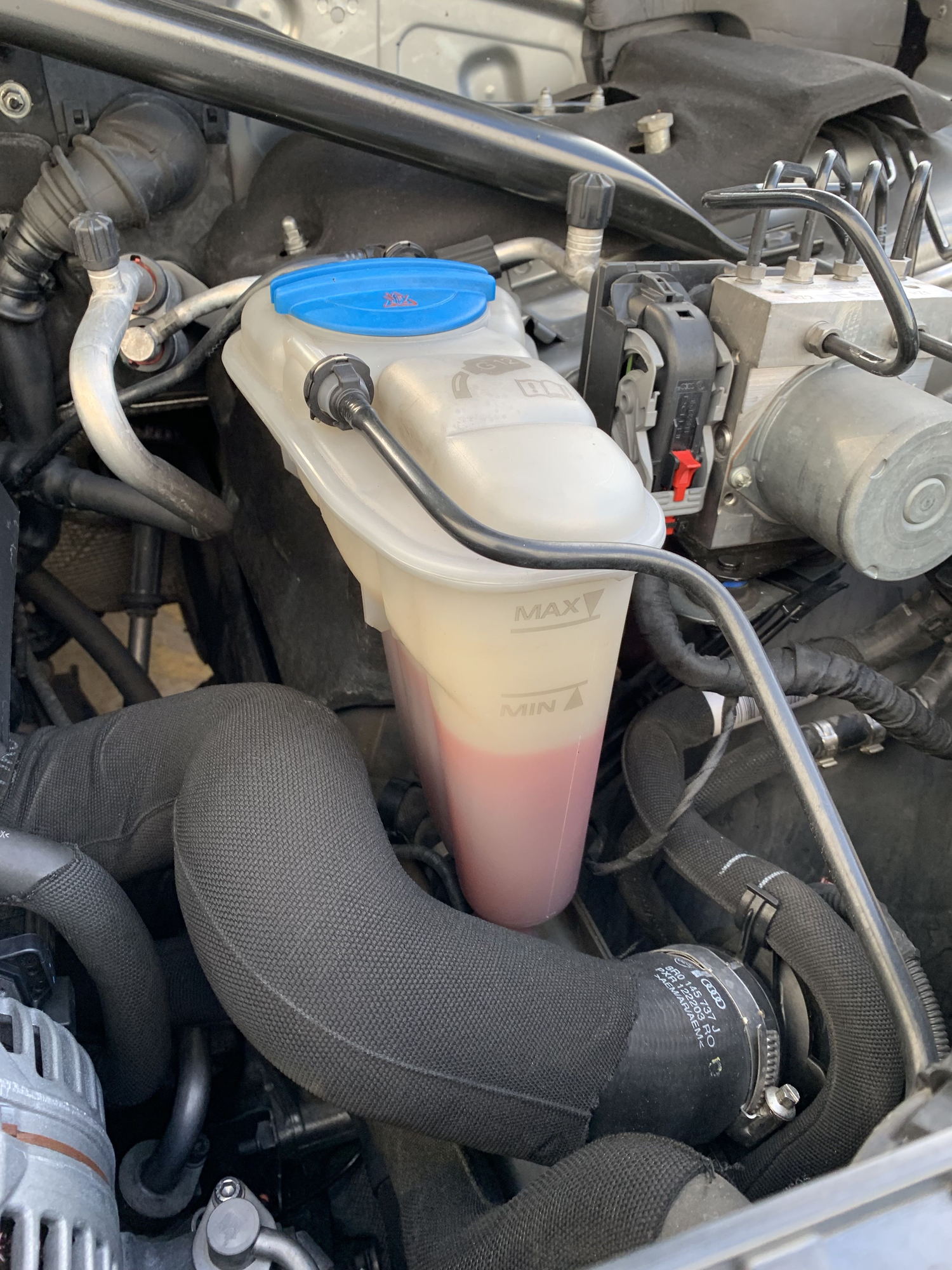


Replace the cap: Screw the cap back on until you hear a click.Īntifreeze is a key fluid for every engine.Fill with coolant: When filling, slowly top-up to the maximum marker.Insert a funnel: Since coolant is toxic to humans and animals, you should use a funnel to avoid spills when topping up the reservoir.Unscrew the reservoir cap: When unscrewing, always cover the cap with a cloth, just in case pressurised water escapes from the coolant reservoir.Mix the coolant: If you are not using pre-mixed coolant, mix the correct antifreeze with distilled water as per the manufacturer’s instructions – 50-50 is a common measure, with 70-30 for extremely cold climates.Above maximum, and you should immediately siphon out the excess. Check the coolant level: The coolant reservoir has minimum and maximum markers – the coolant level should be in between these lines. If it’s below minimum, top it up.Find the coolant reservoir: The location should be in your car handbook, as well as information on the correct type of antifreeze or coolant for your vehicle.Check the coolant level in the reservoir tank when the engine is cold. Before you start, park on a level surface and wait for a few hours until the engine is fully cold – if it’s hot, pressurised water can dangerously erupt from the reservoir cap when it’s unscrewed. Wait until the engine and radiator cool down. In this case, you should top up your coolant as soon as possible to avoid engine damage. Sometimes, coolant levels can be low due to too little coolant being put into the reservoir. Simply topping up your coolant should never be used as a stop-gap remedy to leaks, so if your coolant level drops, always visit a mechanic to get it repaired. The coolant mixture circulates the system to absorb the. Symptoms of this can be a rising temperature gauge, a sweet odour (the smell of antifreeze), problems with your car’s heater or increased fuel consumption. Coolant is a mixture of antifreeze and water that keeps your engine from overheating or freezing. If it is only slightly below that and the level doesn't change with use then there most likely is nothing to be concerned about. If your car’s coolant level is dropping, it is almost always due to leaks in the cooling system – the hoses, radiator or radiator cap, for example. are completely cool the coolant level should be at or near the Low mark on the plastic overflow tank. Why is my car’s coolant level low? Leaks in the cooling system You shouldn’t drive with a low level of engine coolant it keeps your engine from overheating in hot weather and freezing up in sub-zero temperatures. But for it to keep safeguarding components and performance, there needs to be enough of it in the cooling system. Corporate social responsibility – our commitments.You wont have to open the radiator cap to check the coolant level.
#Coolant level how to
Here you will find what we believe to be the most comprehensive range of coolant level switches with electrical connection, thread and output options to suit most applications. How to Check Coolant Levels What to Look for When Inspecting the Coolant. Our commitment to sustainable motorsport Fozmula is one of the World’s leading producers of capacitance type coolant level switches.Perhaps a RAV4 owner who is a chemist could determine whether this is a correct or incorrect assumption. This technology provides superior protection to all components of the cooling system including those exotic materials like aluminum and magnesium found in the modern day engine."Īccording to the article Toyota coolant and Chevron Dex-Cool would appear to be based upon the same technology. OATs are Long Life Coolants (LLC), based on minimally depleting Carboxylate Technology. "OAT is an acronym for Organic Acid (Additive) Technology which describes the type of materials responsible for the corrosion protection offered by a coolant of this type. From an article by Reochem, Inc., Coolant Experts:
#Coolant level manual
The Toyota RAV4 Owner's Manual says that coolant used should be either Toyota Super Long Life Coolant, or "Similar high quality ethylene glycol-based non-silicate, non-amine, non-nitrite, and non-borate coolant with long-life hybrid organic acid technology." Chevron Dex-Cool coolant employs the same labeling and uses the word "carboxylate" in its technical data description, rather than "organic acid," which Toyota uses.

Concerning the "which brand of coolant to use" discussion, after doing a lot of research this is the result:


 0 kommentar(er)
0 kommentar(er)
